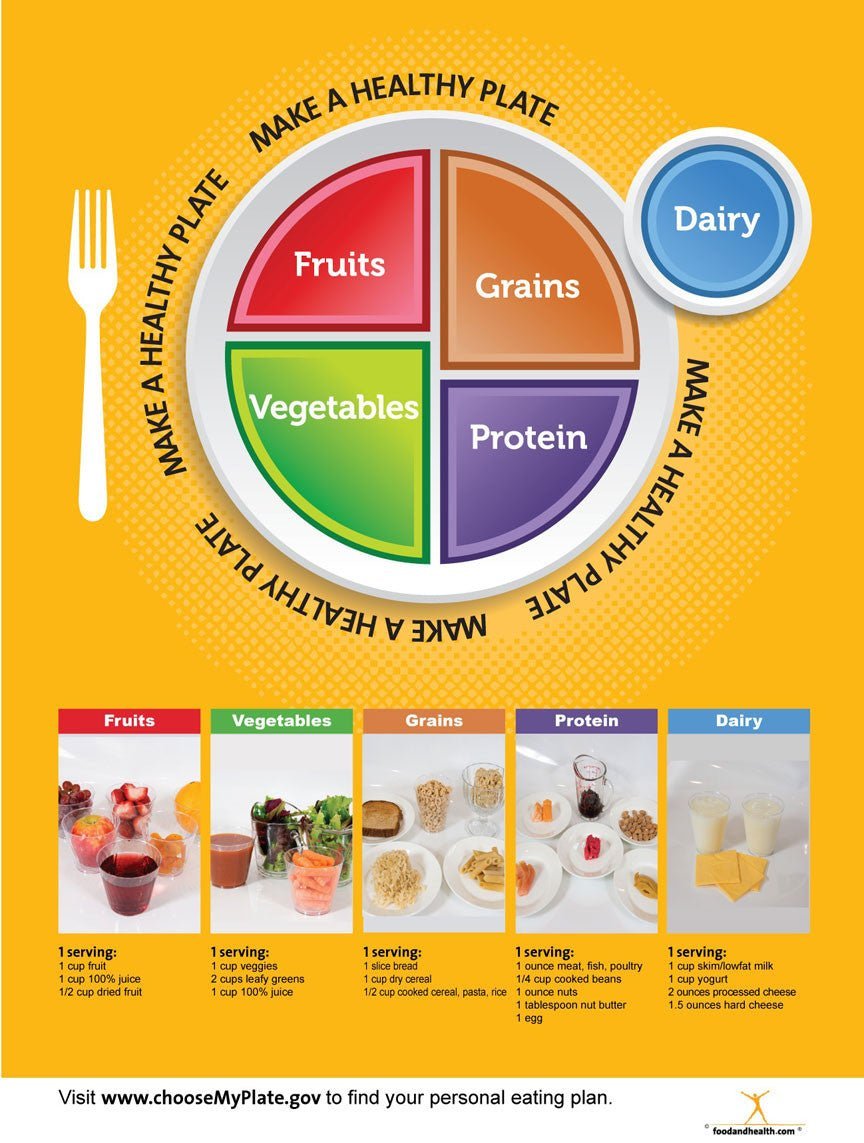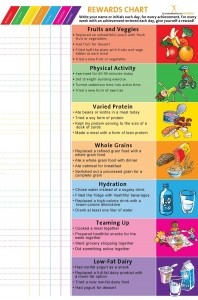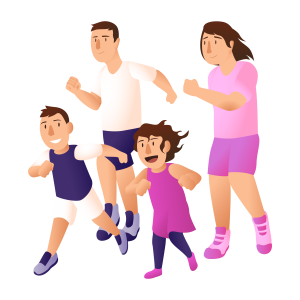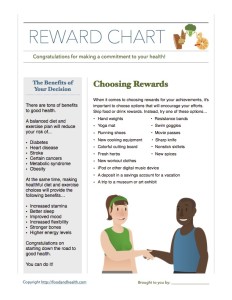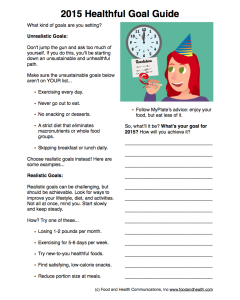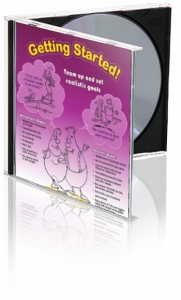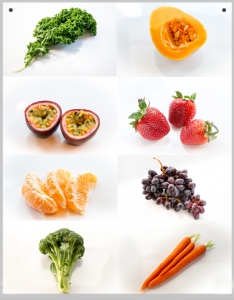This is the time of year when I usually start thinking about what word or phrase will be my theme for the next year. (I wrote about this concept last January – read it here.)
The idea is that instead of New Year’s resolutions, you choose a word or phrase that will be your theme for the year. You keep it in mind as you face decisions, challenges, and daily life.
Now, we know that 2021 isn’t going to be an ordinary year. Even with promising COVID vaccines, it will be months before life returns to any semblance of “normal.” So maybe for 2021, it makes more sense to choose a new theme each month.
Monthly themes are a great way to engage your clients, students, or social media followers. And we have PowerPoint shows to teach any theme – check out 12 Lessons on Wellness & Weight Loss and 12 More Lessons on Wellness & Weight Loss.
Here are some ideas to get you started, along with suggestions for PowerPoint shows from our 12 Lessons series.
- January: Reset. With the holidays over, it’s time to start fresh.
- Teach goal setting with Getting Started: Learn to Set Realistic Goals PowerPoint Show.
- February: Love Yourself. It might sound corny, but showing yourself some love is important to your health.
- Teach self-care with How to Manage Stress Without Overeating PowerPoint Show.
- March: Keep Moving. Don’t let the dark days of winter get you down.
- Teach how to stay active with Exercise: Moving More, Losing Weight PowerPoint Show.
- April: No Quick Fix. If the prospect of summer (and bathing suits) makes you desperate to lose those extra pounds, don’t fall for fad diets that promise a quick-fix.
- Teach no quick-fixes with Fad Diets Waste Time PowerPoint Show.
- May: Keep it Real. Eat real, whole foods that don’t have lots of ingredients.
- Teach nutrient-dense, real food choices with Feel Full on Fewer Calories PowerPoint Show.
- June: Lighten Up. Make your meals lighter and healthier.
- Teach healthy cooking with Lighten Up Your Cooking PowerPoint Show.
- July: Healthy Away from Home. Don’t let eating out ruin your healthy habits.
- Teach strategies for healthy eating away from home with Dining Out the Smart Weigh PowerPoint Show and Fast Food Survival PowerPoint Show.
- August: Size Matters. Something as simple as portion size can make a big difference in staying healthy.
- Teach proper serving sizes with Portion Control PowerPoint Show.
- September: Snack Better. Get rid of packaged snack foods. Think fruits, veggies, and other real foods.
- Teach getting the most out of snacks with Smart Snacking PowerPoint Show.
- October: First Things First. Make the first meal of the day a healthy one.
- Teach what makes a good breakfast with Start Your Day with Breakfast PowerPoint Show.
- November: Think About the Drink. Extra calories, fat, and sugar hide in sodas, coffee drinks, and other beverages.
- Teach smart beverage choices with Don’t Drink Your Calories PowerPoint Show.
- December: Check the Plate. Make every plate healthy with half fruits and vegetables. This will help you get through the holidays with zero weight gain!
- Teach how to build a healthy plate with Healthy Plate PowerPoint Show.
Hollis Bass, MEd, RD, LD




